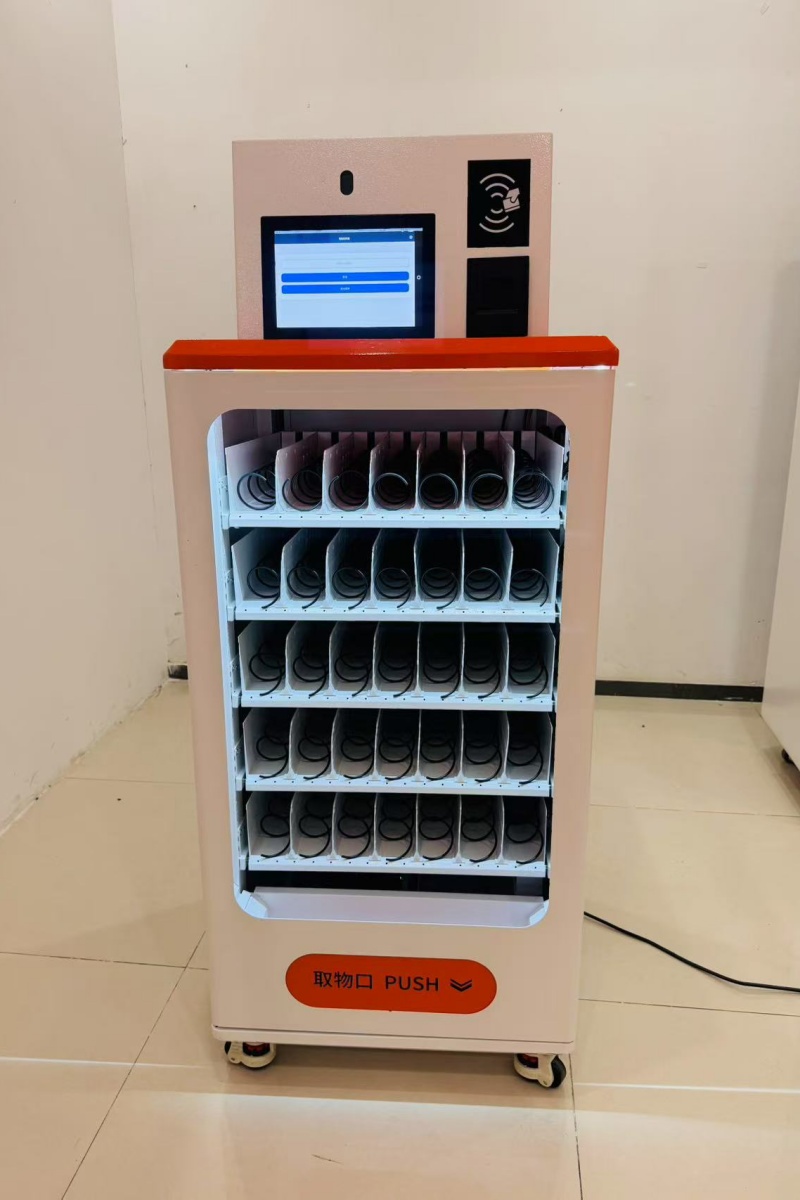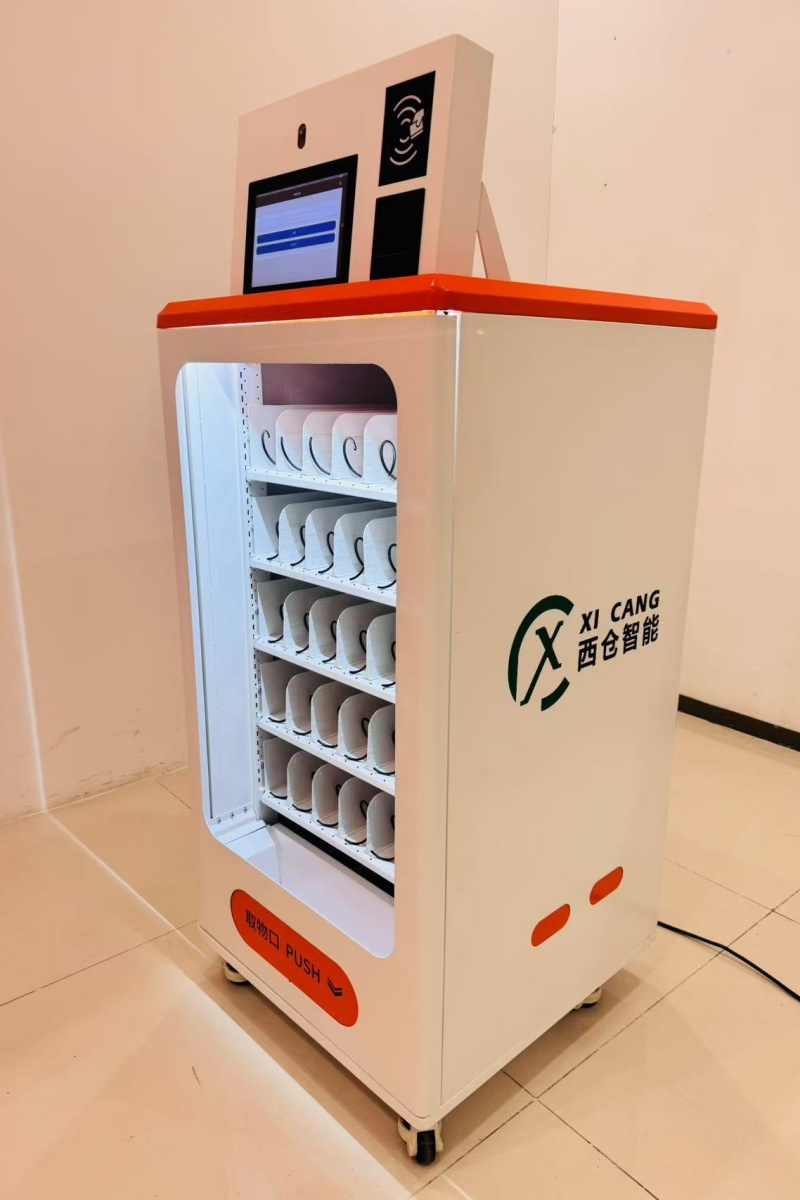The concept of "mechatronics technology" was first introduced by the Japanese business community around the 1970s, under the name "Mechatronics," which combines mechanical and electronic technologies. As computer technology advanced rapidly and became widely used, mechatronics evolved significantly, integrating various fields such as computer science, information technology, automatic control, sensor detection, and servo transmission. This interdisciplinary field is now moving toward opto-mechatronics, expanding its applications across more industries.
Mechatronics technology encompasses several key areas:
(1) Mechanical Technology
Mechanical technology forms the core of mechatronics. It focuses on adapting traditional mechanical systems to modern requirements by incorporating advanced technologies. This includes improving structure, materials, and performance, reducing weight and size, while increasing accuracy and stiffness. In the production of mechatronic systems, classical mechanical theories are enhanced with computer-aided design, data processing, artificial intelligence, and expert systems to support decision-making and automation.
(2) System Technology
System technology involves organizing and integrating multiple related technologies into a unified framework. It breaks down complex systems into interrelated functional units and emphasizes interface technology, which ensures seamless integration between different components.
(3) Automatic Control Technology
This area covers a wide range of control methods, from system design and simulation to real-time adjustments. It includes high-precision positioning, speed control, adaptive control, self-diagnosis, compensation, and signal retrieval. These techniques ensure efficient and reliable system operation.
(4) Sensing and Detection Technology
Sensing technology acts as the "senses" of the system, enabling it to detect and respond to changes in its environment. Advanced sensors allow for fast and accurate data collection, even in harsh conditions, ensuring high levels of automation and system reliability.
(5) Servo Drive Technology
Servo drive systems convert electrical signals into precise mechanical movements. They come in various forms, including electric, pneumatic, and hydraulic types. These systems play a crucial role in determining the dynamic performance and control quality of mechatronic systems.
Compact storage solution for small tools and consumables
This mini-size spring cabinet is designed for storing and dispensing small boxed items such as cutting inserts, drill bits, gloves, or safety supplies. With a compact footprint and smart control system, it’s perfect for space-limited areas like toolrooms, workstations, or mobile service units.
Supports RFID/card/code access, real-time stock monitoring, and refill reminders. It offers cost-effective tool control for factories looking to start with a smaller-scale smart solution.
Ideal for: Small workshops, mobile teams, distributors providing tool vending.
Key Features:
Space-saving | Spring coil dispensing | Smart access | Real-time inventory | Easy to install


tool managment cabinet,Smart Drawer Chest,Drawer Tool Chest
Jiangsu Xicang Intelligent Technology Co., Ltd. , https://www.xciwarehousing.com